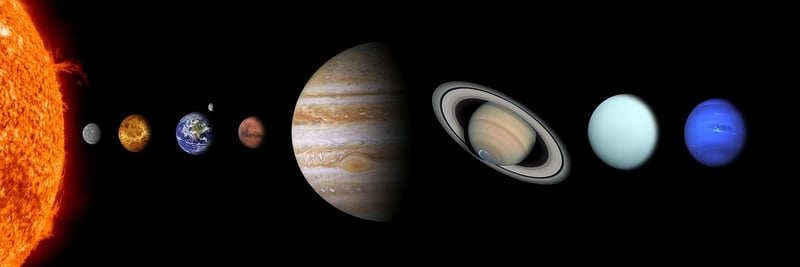Planetary Orbits
The Fascinating World of Stars and Planetary Orbits
Stars and planetary orbits are essential components of our universe, each playing a significant role in shaping the cosmos. Let's delve into the complexities of stars and planetary orbits to understand their importance and how they interact.
Understanding Stars
Stars are massive celestial bodies primarily composed of hydrogen and helium that emit light and heat through nuclear reactions in their cores. They come in various sizes, colors, and temperatures, with the most common type being main-sequence stars like our sun.
Types of Stars:
- Main-Sequence Stars: Like our sun, these stars fuse hydrogen into helium in their cores.
- Red Giants: Stars that have exhausted their hydrogen fuel and expanded in size.
- White Dwarfs: Small, dense stars that are the remnants of low to medium mass stars.
- Supergiants: Massive stars that eventually explode in a supernova.
Planetary Orbits
Planetary orbits refer to the paths that planets follow around a star due to gravitational forces. These orbits are governed by Kepler's laws of planetary motion, which describe the motion of planets in elliptical orbits around the sun.
Kepler's Laws of Planetary Motion:
- Law of Ellipses: Planets orbit the sun in elliptical paths with the sun at one focus of the ellipse.
- Law of Equal Areas: A line segment joining a planet and the sun sweeps out equal areas during equal intervals of time.
- Law of Harmonies: The square of the orbital period of a planet is directly proportional to the cube of the semi-major axis of its orbit.
Studying stars and planetary orbits provides valuable insights into the dynamics of the universe and helps us understand the formation and evolution of planetary systems. By exploring these complexities, we gain a deeper appreciation for the wonders of the cosmos.


